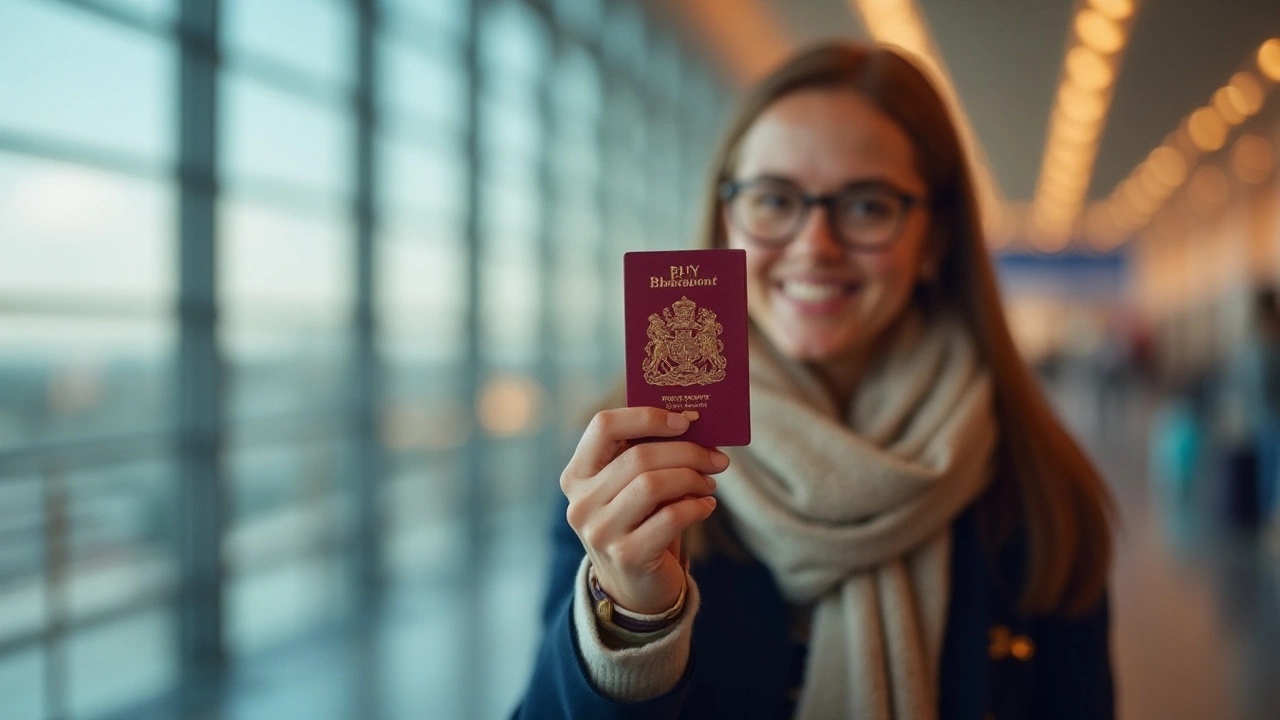Travel Document Essentials for HGV Drivers
If you spend your days behind the wheel of a heavy goods vehicle, you’ll soon discover that a valid driver’s licence isn’t the only paper you need. Crossing a border, even within the UK, can trigger extra checks, fines, or delays if you’re missing the right travel documents. Below is a practical rundown of everything you should have in your glove box before you hit the road.
Passport and National ID – Your First Line of Proof
For any international journey, a passport is the baseline document. It proves your identity and citizenship, and most customs officers won’t let you pass without it. If you’re an EU citizen, a national ID card may also be accepted, but a passport is the safest bet. Keep it stored in a water‑proof pouch and make sure it’s not close to expiry – many countries require at least six months validity.
International Driving Permit (IDP) – When Your UK Licence Isn’t Enough
The UK Class 1 HGV licence lets you drive heavy vehicles at home, but abroad many countries demand an International Driving Permit (IDP). The IDP translates your licence details into several languages, so border officers can verify you’re qualified to operate a Class 1 vehicle. You can get an IDP from the Post Office in under an hour; the cost is modest, and the permit is valid for one year. Remember, the IDP isn’t a licence on its own – you must carry your UK licence alongside it.
Other documents you’ll need include:
- Vehicle Registration Certificate (V5C): Shows that the truck is legally registered to you or your company.
- Road Tax/VED Certificate: Confirms the vehicle is taxed for the road you’re using.
- Insurance Certificate: Proof that you have the required commercial motor insurance for the territories you’ll travel through.
- MOT Test Certificate: Required if the vehicle is over three years old and you’re driving in the UK or EU.
- Electronic Tachograph Records: Some countries ask to see driver‑card data for compliance checks.
When you’re planning a trip, check the destination country’s specific requirements. For example, Germany and France often request a “Vehicle Licence Plate Validation” if you’re staying longer than a set period, while Belgium may ask for a customs transit document for goods over a certain value.
One easy habit is to create a travel checklist. Write down each document, its expiry date, and where it’s stored in the vehicle. Review the list before every journey – it takes less than two minutes but can save you from a costly border stop.
Finally, consider digital backups. A clear photo of your passport, IDP, and insurance can be saved on a secure phone app. While the original papers are still required, having a digital copy speeds up verification if a document is misplaced.
Staying on top of travel documents isn’t difficult, but it does need a routine. With a passport, up‑to‑date UK licence, a valid IDP, and all the vehicle paperwork in order, you’ll move through checkpoints confidently and keep your deliveries on schedule.
- January 7 2025
- 0 Comments
- Rowan Cavendish
Understanding the Purpose of a Passport Card: Your Travel Companion
Passport cards have become increasingly important as a convenient form of identification for travelers. This article explores their significance, functionalities, and differences from traditional passports. Discover where and when a passport card is beneficial, understand its limitations, and get tips on safe storage during your travels. Whether you travel frequently or occasionally, learning about passport cards can enhance your travel experiences.
- Driving Lessons (41)
- HGV Training (31)
- Driving Test Tips (31)
- Driving Test Booking (26)
- Driving Licence Renewal (23)
- Driving Theory Test (21)
- Pass Plus Course (15)
- Driving Tips (15)
- Intensive Driving Course (15)
- Driver Licensing (14)
Categories
- December 2025 (12)
- November 2025 (13)
- October 2025 (21)
- September 2025 (5)
- August 2025 (8)
- July 2025 (30)
- June 2025 (30)
- May 2025 (30)
- April 2025 (31)
- March 2025 (30)
- February 2025 (28)
- January 2025 (34)
Archives
- driving lessons
- driving test
- driving tips
- intensive driving course
- driving test tips
- HGV training
- learn to drive
- driving theory test
- driver training
- driving test booking
- pass driving test
- HGV driving
- road safety
- driving license renewal
- Virginia driving test
- learner drivers
- safe driving
- Virginia driver's license
- driving license
- learning to drive

